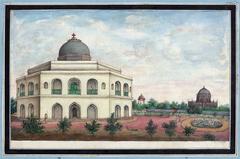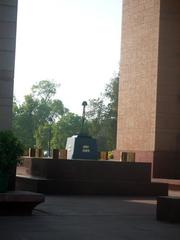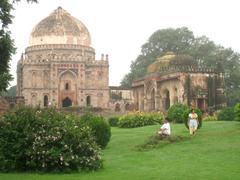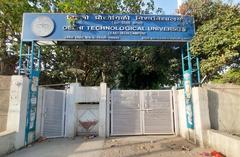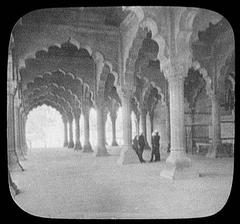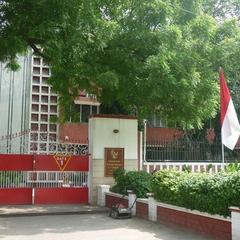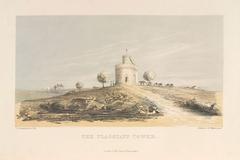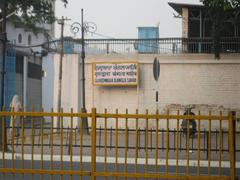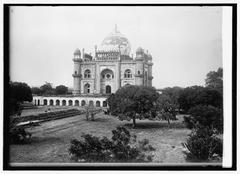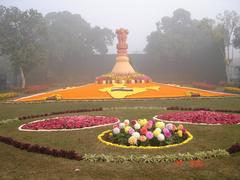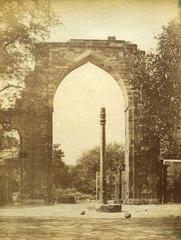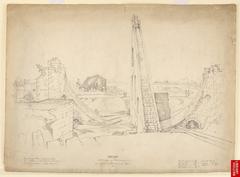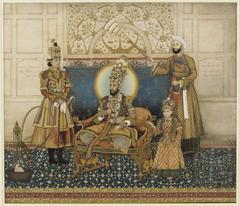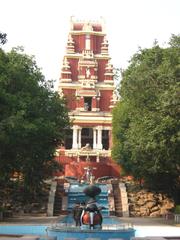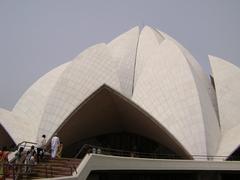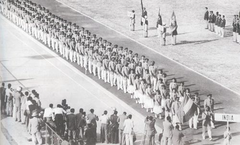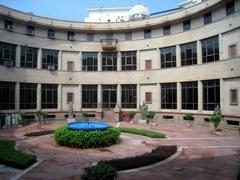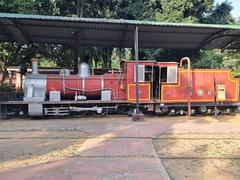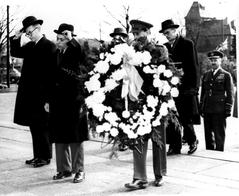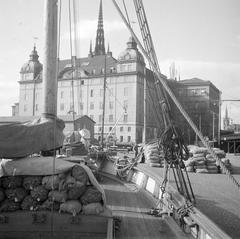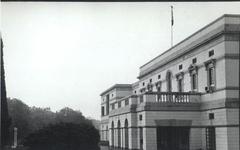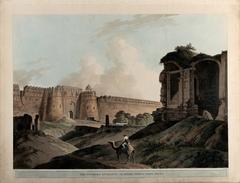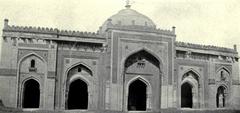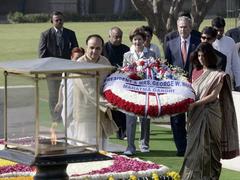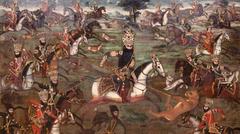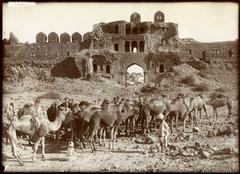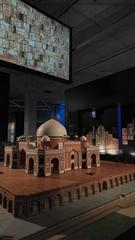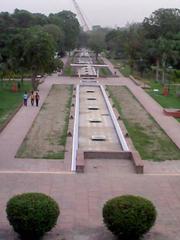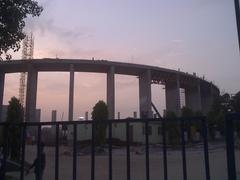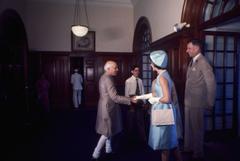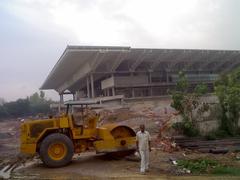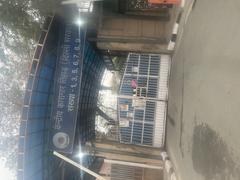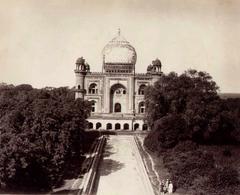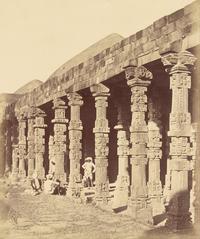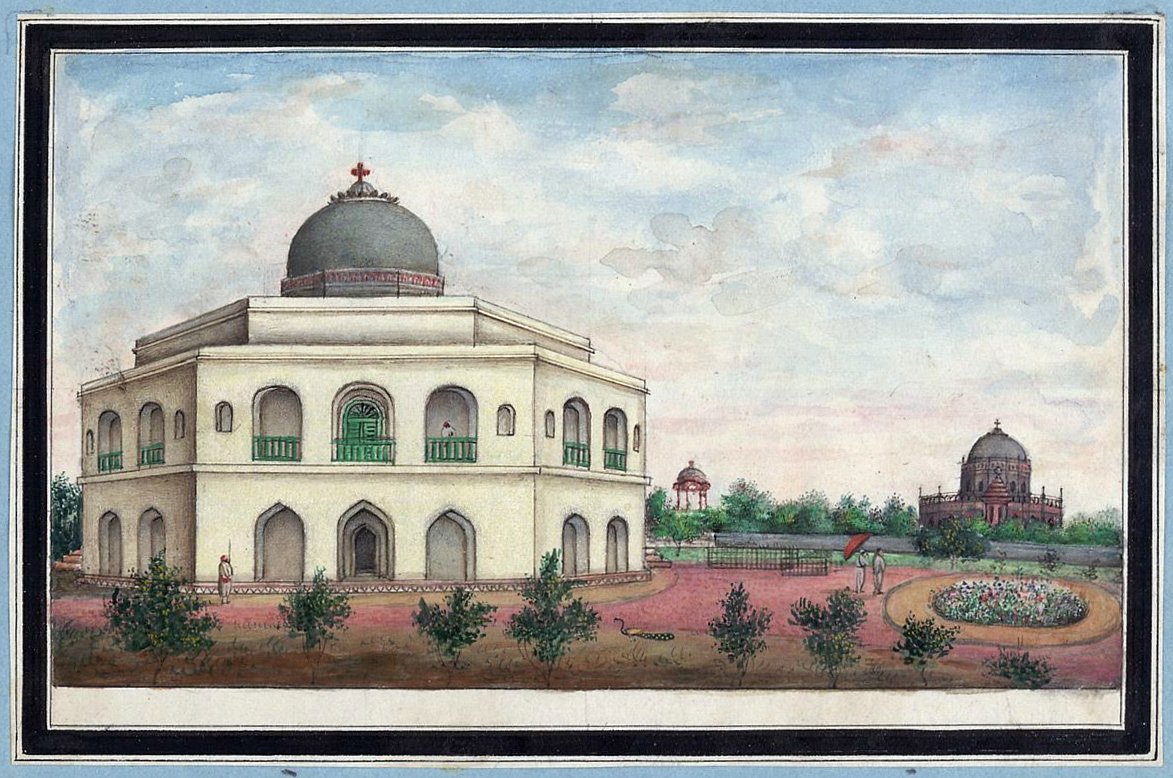
Visiting Adam Khan’s Tomb: A Complete Guide to New Delhi’s Historical Site
Date: 18/07/2024
Introduction
Adam Khan’s Tomb, an often overlooked yet richly historical site in New Delhi, India, serves as a testament to the architectural grandeur and tumultuous history of the Mughal era. Constructed in 1562 by Emperor Akbar, the tomb stands as a symbol of both remorse and respect for Adam Khan, a nobleman whose life was marked by loyalty and betrayal (India Today). Nestled in the Mehrauli area, the tomb showcases a unique blend of Mughal and Lodi architectural styles, reflecting the transitional phase between these two influential dynasties (Cultural India). With its octagonal structure, intricate jali work, and floral motifs, the tomb not only offers a glimpse into Mughal aesthetics but also signifies the evolution of architectural styles during Akbar’s early reign (Archaeological Survey of India). This comprehensive guide provides valuable information for potential visitors, covering historical significance, visiting hours, travel tips, and nearby attractions, making it an essential resource for anyone looking to explore this hidden gem in Delhi.
Table of Contents
- [Historical Background and Significance](#historical-background-and-significancehistorical-background-and-significance)
- [The Man Behind the Monument - Adam Khan](#the-man-behind-the-monument---adam-khanthe-man-behind-the-monument---adam-khan)
- [A Story of Loyalty and Betrayal](#a-story-of-loyalty-and-betrayala-story-of-loyalty-and-betrayal)
- [1562 - A Tomb Rises from Tragedy](#1562---a-tomb-rises-from-tragedy1562---a-tomb-rises-from-tragedy)
- [Architectural Splendor - A Blend of Styles](#architectural-splendor---a-blend-of-stylesarchitectural-splendor---a-blend-of-styles)
- [The Octagonal Masterpiece - A Symbol of Transition](#the-octagonal-masterpiece---a-symbol-of-transitionthe-octagonal-masterpiece---a-symbol-of-transition)
- [A Glimpse into Mughal Aesthetics](#a-glimpse-into-mughal-aestheticsa-glimpse-into-mughal-aesthetics)
- [Visiting Adam Khan’s Tomb - Practical Information](#visiting-adam-khans-tomb---practical-informationvisiting-adam-khans-tomb---practical-information)
- [Visiting Hours and Tickets](#visiting-hours-and-ticketsvisiting-hours-and-tickets)
- [Travel Tips and Nearby Attractions](#travel-tips-and-nearby-attractionstravel-tips-and-nearby-attractions)
- [Accessibility and Facilities](#accessibility-and-facilitiesaccessibility-and-facilities)
- [The Legacy of Adam Khan’s Tomb](#the-legacy-of-adam-khans-tombthe-legacy-of-adam-khans-tomb)
- [A Hidden Gem Awaiting Rediscovery](#a-hidden-gem-awaiting-rediscoverya-hidden-gem-awaiting-rediscovery)
- [Frequently Asked Questions (FAQ)](#frequently-asked-questions-faqfrequently-asked-questions-faq)
- [Conclusion](#conclusionconclusion)
- [References](#referencesreferences)
Historical Background and Significance
Adam Khan’s Tomb, nestled amidst the bustling urban landscape of New Delhi, stands as a silent testament to the grandeur and turmoil of the Mughal era. This architectural marvel, often overshadowed by its more illustrious counterparts, holds within its weathered walls a captivating tale of love, loss, and political intrigue.
The Man Behind the Monument - Adam Khan
Adam Khan, the tomb’s namesake, was not an emperor or a prince, but a nobleman in the court of Emperor Akbar, the third Mughal ruler. History remembers him as an able general and a trusted confidante of the emperor. However, his life, and consequently his death, were shrouded in controversy, adding a layer of intrigue to the monument’s historical significance.
A Story of Loyalty and Betrayal
Adam Khan’s story is intricately woven with the threads of loyalty and betrayal that often characterized the Mughal court. While historical accounts differ on the exact circumstances, it is widely believed that Adam Khan incurred Akbar’s wrath due to suspicions of rebellion. Some accounts suggest that he was falsely implicated by his rivals, envious of his position and influence.
1562 - A Tomb Rises from Tragedy
The year 1562 marked a tragic end to Adam Khan’s life. He was executed on Akbar’s orders, a decision the emperor was said to have regretted later. In a gesture of remorse and respect for his fallen general, Akbar commissioned the construction of a grand tomb in his memory.
Architectural Splendor - A Blend of Styles
Adam Khan’s Tomb stands as a magnificent example of Mughal architecture, showcasing a unique blend of styles prevalent during the early years of Akbar’s reign. The tomb’s design reflects influences from the Lodi dynasty, which preceded the Mughals, particularly in its octagonal structure, a characteristic feature of Lodi architecture.
The Octagonal Masterpiece - A Symbol of Transition
The choice of an octagonal plan for Adam Khan’s Tomb is significant. It represents a transitional phase in Mughal architecture, where elements from the preceding Lodi dynasty were incorporated into the evolving Mughal style. This fusion of architectural influences is visible in other structures from Akbar’s early reign, signifying a period of experimentation and assimilation.
A Glimpse into Mughal Aesthetics
The tomb’s architectural splendor extends beyond its unique structure. The exterior walls, once adorned with intricate plasterwork and colorful tile decorations, offer a glimpse into the Mughal aesthetic sensibilities. Though time has weathered some of these embellishments, remnants of the vibrant tile work, particularly on the lower portions of the tomb, hint at its former glory.
Visiting Adam Khan’s Tomb - Practical Information
Visiting Hours and Tickets
Adam Khan’s Tomb is open to visitors daily from 9:00 AM to 5:00 PM. There is no entry fee, making it an accessible destination for all. However, it is always advisable to check for any changes in visiting hours or special events that might affect accessibility.
Travel Tips and Nearby Attractions
Located in Mehrauli, New Delhi, Adam Khan’s Tomb is easily accessible by various modes of transportation. Visitors can combine their visit with a trip to nearby historical sites such as the Qutub Minar and the Mehrauli Archaeological Park. Guided tours are available for those interested in a deeper dive into the historical context of the area.
Accessibility and Facilities
The site is moderately accessible, with pathways that may pose challenges for visitors with mobility issues. There are no dedicated facilities on-site, so it is recommended to plan accordingly. Photography enthusiasts will find numerous spots around the tomb ideal for capturing the essence of Mughal architecture.
The Legacy of Adam Khan’s Tomb
Adam Khan’s Tomb, though often overlooked, holds a significant place in the architectural and historical landscape of Delhi. It serves as a reminder of the grandeur of the Mughal era, the complexities of courtly life, and the architectural evolution that characterized the early years of Akbar’s reign.
A Hidden Gem Awaiting Rediscovery
Today, Adam Khan’s Tomb stands as a hidden gem amidst the bustling city, inviting visitors to step back in time and delve into its captivating history. While the tomb may not possess the opulent grandeur of Humayun’s Tomb or the towering presence of Qutub Minar, it offers a unique perspective on Mughal architecture and a poignant glimpse into the life and times of a nobleman caught in the crosshairs of history.
Frequently Asked Questions (FAQ)
Q: What are the visiting hours for Adam Khan’s Tomb?
A: Adam Khan’s Tomb is open daily from 9:00 AM to 5:00 PM.
Q: Is there an entry fee to visit Adam Khan’s Tomb?
A: No, there is no entry fee to visit Adam Khan’s Tomb.
Q: What are some nearby attractions?
A: Nearby attractions include the Qutub Minar and the Mehrauli Archaeological Park.
Q: Are guided tours available?
A: Yes, guided tours are available and can provide a deeper understanding of the historical context.
Q: Is the site accessible for visitors with mobility issues?
A: The site is moderately accessible, with some pathways that may pose challenges for visitors with mobility issues.
Conclusion
Adam Khan’s Tomb stands as a silent sentinel of history amidst the bustling city of New Delhi. While it may not boast the same level of fame as other Mughal monuments, its unique blend of architectural styles and the poignant story of Adam Khan make it a site of significant historical and cultural value. The tomb’s octagonal design, a hallmark of Lodi architecture, combined with Mughal ornamental embellishments, offers visitors a fascinating glimpse into the architectural evolution of the period (ASI). The tomb’s accessibility and proximity to other major attractions like Qutub Minar and Mehrauli Archaeological Park make it a convenient destination for history enthusiasts and casual tourists alike (National Geographic). As efforts by the Archaeological Survey of India continue to preserve and restore this monument, Adam Khan’s Tomb remains a hidden gem awaiting rediscovery, inviting visitors to delve into the complex tapestry of Mughal history and architecture.
References
- India Today. (2023). Adam Khan’s Tomb: A Mughal Gem in Delhi. Available at: India Today
- Cultural India. (2023). Mughal Architecture: Adam Khan’s Tomb. Available at: Cultural India
- Archaeological Survey of India. (2023). Adam Khan’s Tomb. Available at: ASI
- National Geographic. (2023). Exploring Adam Khan’s Tomb in Delhi. Available at: National Geographic
